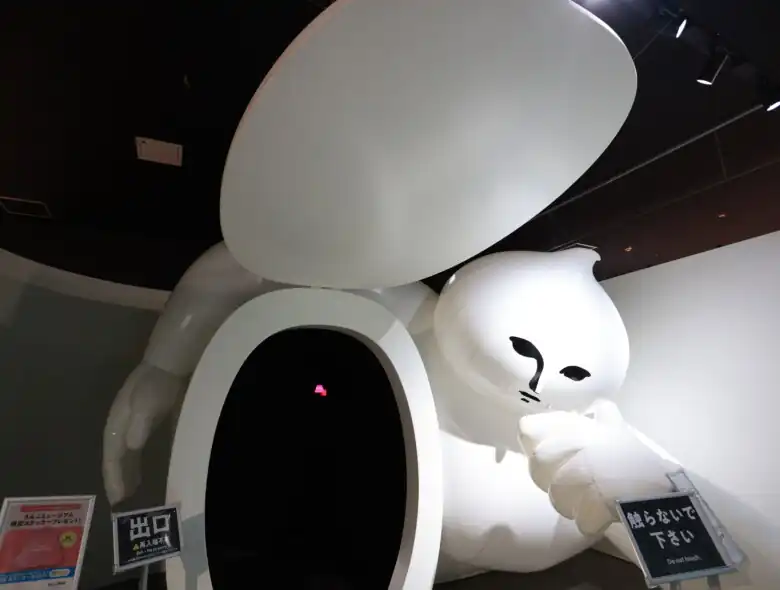According to the Japan National Tourism Organization (JNTO), the number of international visitors to Japan reached a record-high of 3,292,500 in July 2024 on a single-month basis. Many of these visitors hailed from nearby countries – China, Taiwan, Hong Kong, and South Korea, but statistics also showed a 60.1% increase in visitors from America.
Unsurprisingly, Tokyo, Japan’s capital city, sees most of these visitors and plays host to them, more so than before; and while there are the usual and traditional sightseeing spots, tourist attractions, and eateries to check off the list, those looking for something a little offbeat during their time in the world’s most populous metropolitan area, may be interested in the following quirky and unusual museums listed below.
P.S. – If you’re interested in relocating to Japan, specifically to Tokyo, why not pay Village House a visit while you’re exploring the capital city? Village House is a real estate organization with over 1,000 rental properties across Japan’s 47 prefectures. Visit our website here for more information.
Kite Museum

Officially known as the “Taimeiken Kite Museum”, this quirky little gem is located in Tokyo’s Nihonbashi area and is an ideal choice for visitors with little ones and kite enthusiasts. It was established in 1977 and the museum’s current director, Masaki Modeki, takes about 50-odd business trips annually to collect and add more kites to the museum.
The museum currently has over 100 kites collected from all corners of Japan, many of which are Edo kites, which come from a time when Japan was isolated from the rest of the world. This self-imposed isolation birthed an interesting and unique Japanese culture, some of which is reflected in the designs of the Edo kites.
In addition to the ever-growing collection of kites, the museum provides visitors with kite-related items information on current exhibits and displays, kite-making demonstrations, events, and seminars, and even offers kite-making classes.
The museum is easily accessible via Tokyo’s extensive train network, with the nearest station being Nihombashi Station. From here, it’s a quick 4-minute walk to the museum, and if you’re looking to do something else in the area afterward, the Bank of Japan Currency Museum is a 6-minute walk from the kite museum. For more information, please visit their website here.
Taimeiken Kite Museum is located in the Muromachi NS Building on the second floor (Level 2) and opens from 11am to 5pm every day except Sunday when they’re closed. Tickets cost ¥200 and the average visiting time ranges from 15 to 30 minutes. For more information, visit the official website here.
Tobacco and Salt Museum
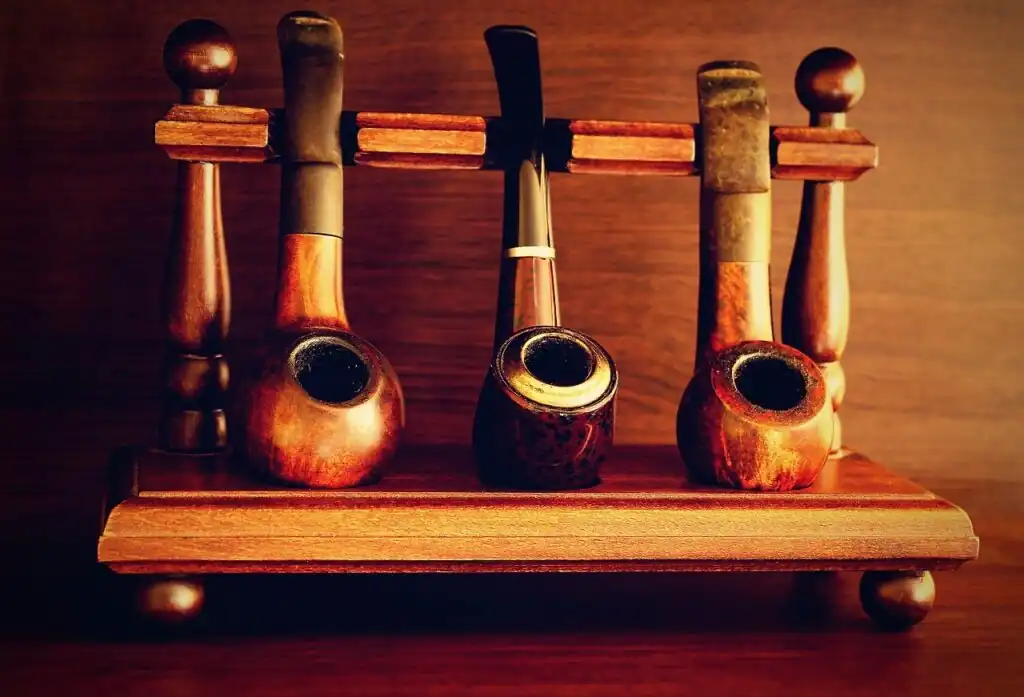
The Tobacco and Salt Museum is exactly what it says on the tin – it’s a museum dedicated to tobacco and salt. Established on November 3rd, 1978, the museum is currently run by Japan Tobacco, formally Japan Monopoly Corporation.
The museum offers visitors the chance to view over 38,000 artifacts that showcase the history of tobacco and salt from both Japan and abroad. It also collects resources, conducts research, and introduces a broad range of history and culture relating to tobacco and salt.
Aside from the exhibits and displays, visitors also have access to various facilities including a ventilated smoking room, workshop room, reading room, and museum shop.
The Tobacco and Salt Museum is located in Tokyo’s Sumida ward, having relocated to this current location from Shibuya in 2015. It is a 7-minute walk from one of the capital’s main attractions, Tokyo Skytree, so this is something you can tack onto your itinerary if you plan on visiting the museum. For more information on Tokyo Skytree, click here.
The museum is also accessible from Oshiage Station and is a quick 12-minute walk from said station. Opening hours are from 10am to 5pm every day except Monday, and tickets cost ¥100 for adults and ¥50 for seniors and juniors. For more information, visit the museum’s official website.
World Bags & Luggage Museum
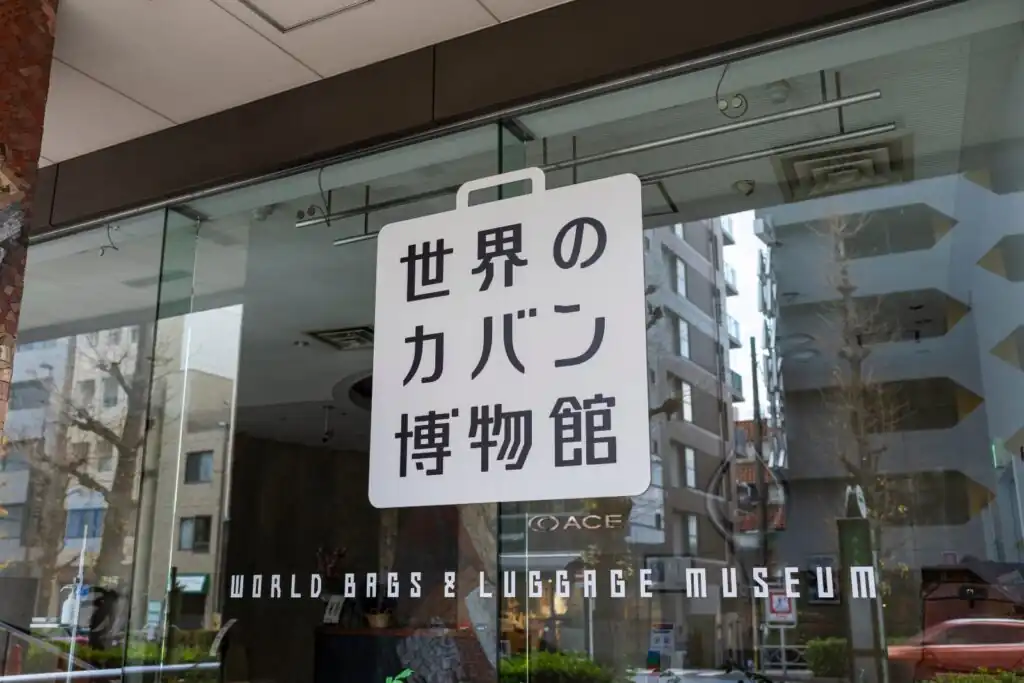
This is a novelty museum that currently houses around 550 bags collected from all corners of the globe (across 5 continents and over 50 countries). The purpose of the establishment of the museum is to teach and show visitors the deep and everlasting relationship bags have had with the lives of people everywhere throughout history.
The museum was founded by Ryusaku Shinkawa in 1975, who is also the founder of ACE Bag Co. Ltd. Shinkawa got the idea to open such a museum after touring a leather museum in Offenbach, Germany, and spent 18 years searching for and collecting bags designed and created by talented craftsmen in Japan and abroad.
Located in Taito ward, the museum is easily accessible from Asakusa Station. From the station, it’s a mere 1-minute walk. Opening hours are from 10am to 4:30pm and admission is free, which should appeal to those traveling on a strict budget.
If your itinerary is open and flexible, you may want to check out the Tokyo Origami Museum located across the Sumida River from the World Bags and Luggage Museum. It’s a 10-minute walk. Check out their official website here. English-speaking visitors may also be curious and surprised to know that there is also an English secondhand bookstore an 8-minute walk from the museum – Infinity Books Japan. It houses one of the largest online inventories of secondhand English books in Japan and is one of the last remaining English secondhand bookstores in the country. For more information, click here.
Parasite Museum
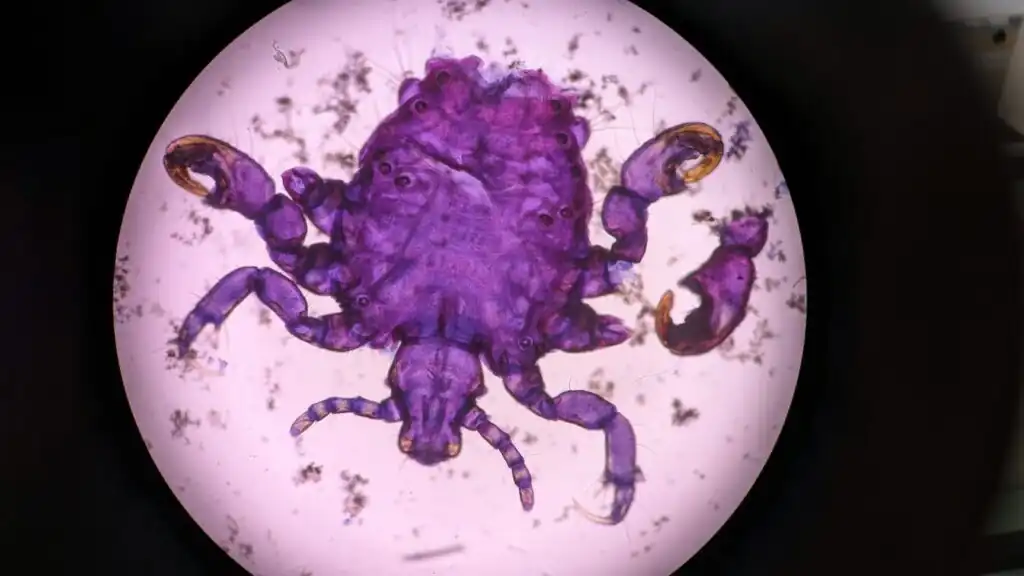
Not for those who are easily squeamish, the Meguro Parasitological Museum is what it is – a museum devoted to parasites and the science of parasitology. The museum, which doubles as a private research facility, was founded in 1953 by Dr. Suturu Kamegai using his own private funds.
The museum displays around 300 parasite specimens and provides visitors with exhibits on parasite life cycles and the various symptoms they can cause during human infection. The museum also collects and preserves over 60,000 parasite specimens, 50,000 papers, and 6,000 books on parasitology and parasite diseases.
Open from 10am to 5pm every day except Mondays and Tuesdays, the museum can be reached via a 12-minute walk from Meguro Station. Admission is free though the museum welcomes and encourages donations to help further their research. Visitors looking to commemorate their visit to this not-for-the-faint-of-heart museum can check out the museum shop after they finish perusing the exhibits and displays. For more information, visit the museum’s official website.
Poop Museum
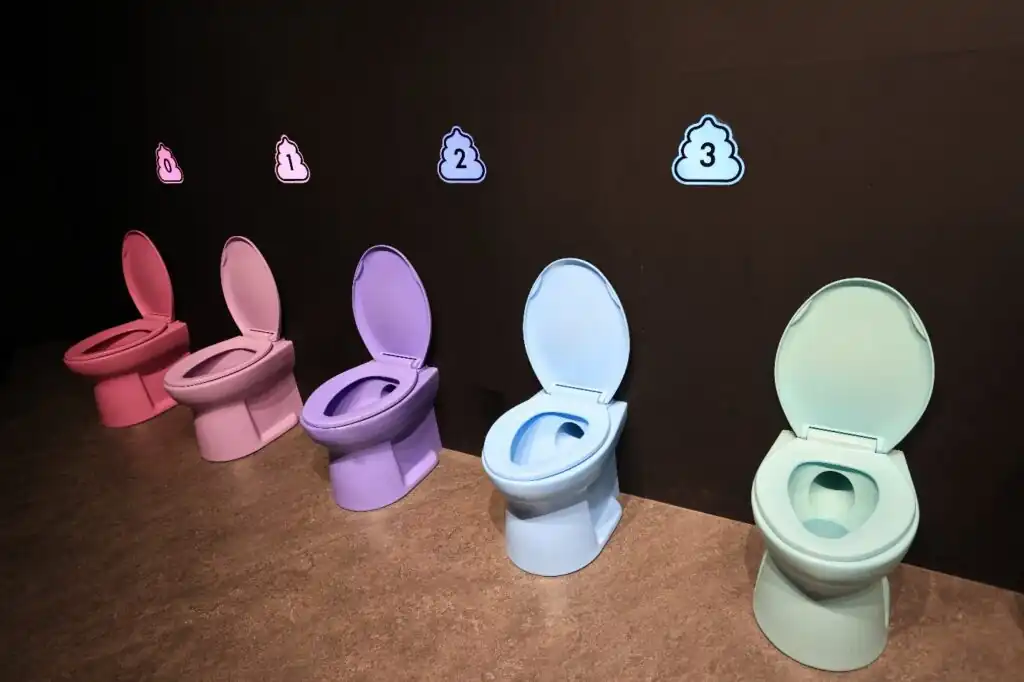
Yes, you read that heading correctly; it’s a museum dedicated to poop…with a distinctly kawaii twist. Also known as the Unko Museum, it was founded in 2019 after it began life as a temporary exhibition in Yokohama.
The Poop Museum is currently the only museum in the world dedicated to poop in a kawaii (cute) way, and there are interactive entertainment experiences that are sure to delight, puzzle, and amaze visitors. Those with children might benefit the most from this museum as the little ones can enjoy the bright, vivid displays, and interactive activities to their hearts’ content. There are also many photo opportunities for visitors to commemorate their experience at this museum.
Located on Tokyo’s island of Odaiba, the Poop Museum can be found in DiverCity Tokyo Plaza, making this a great pitstop on the way to see the impressive Gundam statue outside.
Divercity Tokyo Plaza is reachable via Tokyo Teleport Station on the Rinkai Line. From here, it’s a 6-minute walk to the mall.
The Poop Museum is open from 11am to 8pm and timed tickets can be purchased here. Admission to this museum is the priciest on this list, and will set visitors back ¥2,200 for adults, ¥1,500 for junior high and high school students, and ¥1,100 for kids. For more information, visit the museum’s official website.
Related articles:
- 5 Winter Destinations That Will Take Your Breath Away (Tohoku Edition)
- Discovering Saga Prefecture: Unearthing Hidden Gems in Japan’s Countryside
- Your Guide to Fukui Prefecture: 5 Must-See Travel Destinations
- Top 5 Must-Visit Spots for Animal Lovers in Japan
- What to Do in Tokyo – Top 5 Districts to Visit on Your Trip to the Big City
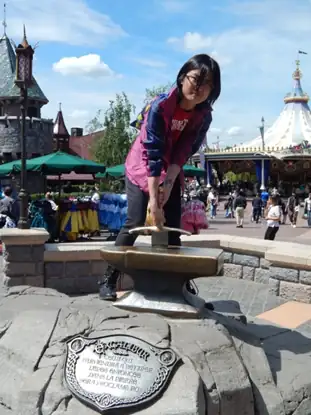
Freelance writer with over 2 years of experience writing for the Village House Blog, ESL teacher, and digital nomad who has lived in countries including The Czech Republic, The UK, The U.A.E., Japan, and most recently, Georgia. Is constantly on the hunt for the best, most optimal apartment for remote work when not enjoying going to film festivals, concerts, and the theater.


